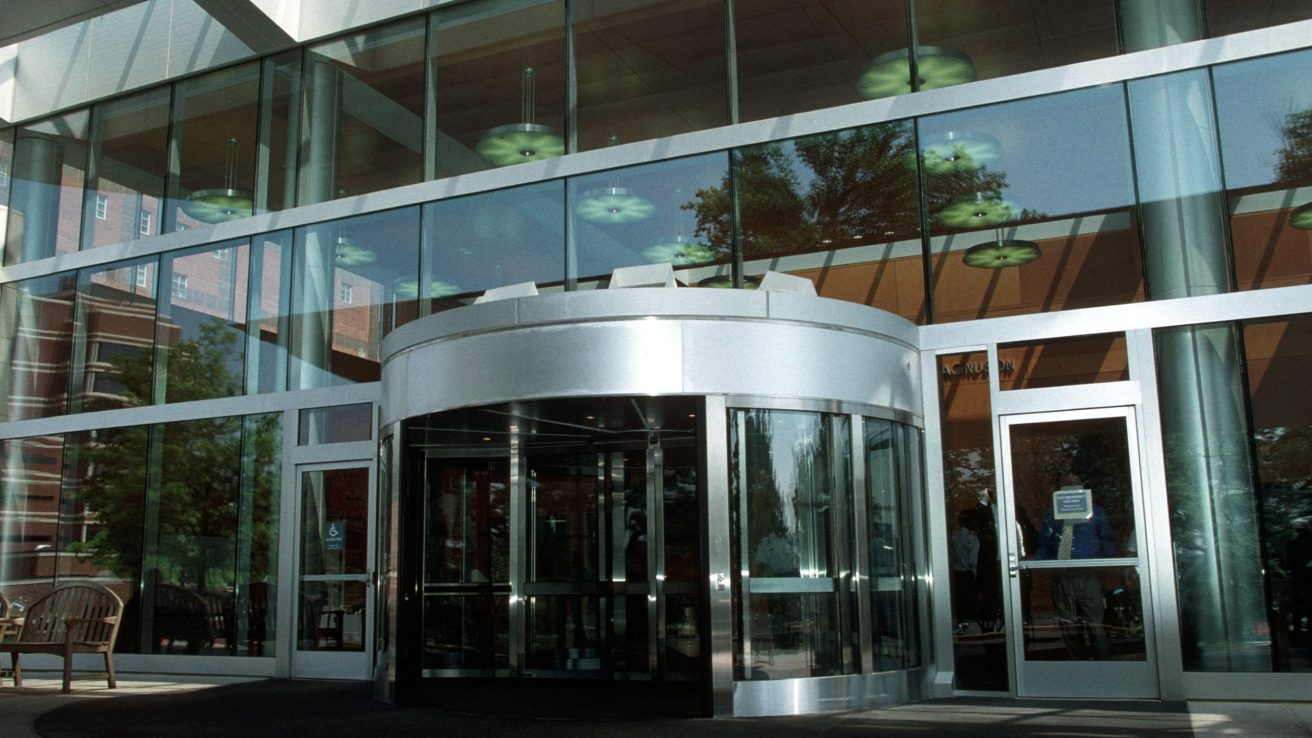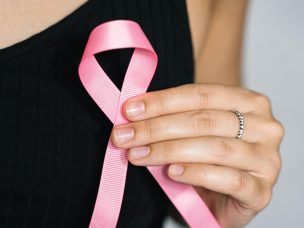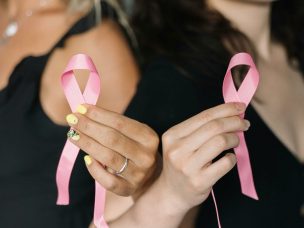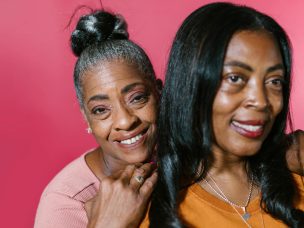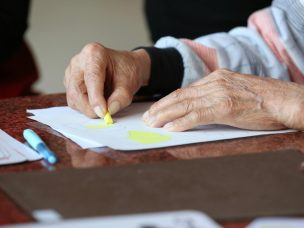A recent study led by Dr. Neha Goel at the University of Miami analyzed how race/ethnicity and zip code affect breast cancer survival in America. Specifically, the study used a measure known as the index of concentration at the extremes (ICE) to determine how economic status, race/ethnicity, and racialized economic segregation impact breast cancer survival for non-Hispanic Black (NHB), Hispanic and non-Hispanic white (NHW) Americans. This study is the first study to evaluate breast cancer survival by ICE.
The study participants included 6,145 patients with stage I – IV breast cancer treated at the University of Miami’s medical campus and identified from a local tumor registry from 2005 -2017. The study’s racial/ethnic makeup was 52.6% Hispanic, 26.3% NHW, and 17.2% NHB. ICE variables of economic status (high vs. low), race/ethnicity (NHW vs. NHB and NHW vs. Hispanic), and racialized economic segregation (high-income NHW vs. low-income NHB and high-income NHW vs. low-income NHW) were computed using five-year estimates from the American Community Survey.
Census tracts were used as neighborhood proxies. Random effects frailty models were conducted for all patients and stratified by race/ethnicity to control for other sociodemographic factors (age and insurance), tumor characteristics (clinical stage and receptor status), and National Comprehensive Cancer Network (NCCN)-guideline appropriate treatment.
The study ultimately found that study participants who lived in extreme economically disadvantaged neighborhoods and NHB neighborhoods experienced increased breast cancer mortality in comparison to participants who lived in economically advantaged NHW neighborhoods (Hazard Ratio (HR): 1.58; 95% CI: 1.29 to 1.92; p < 0.001 | (HR: 2.0; 95% CI: 1.54 to 2.60; p < 0.001).
These findings held even in race-stratified analyses controlled for tumor subtype and NCCN-guideline appropriate treatment, demonstrating that an NHW person living in an economically disadvantaged NHB neighborhood also experienced increased breast cancer mortality (HR: 2.02; 95% CI: 1.19 to 3.41; p < 0.0071).
The study concludes that socioeconomic and racial/ethnic breast cancer survival disparities persist in America despite advances in screening, diagnosis, treatment, and overall breast cancer survival. A call to action is made advocating for the support of effective community health and wellness interventions to improve breast cancer survival for economically disadvantaged and NHB Americans [1].
Source:
[1] Where you live matters: Impact of economic, racial/ethnic, and racialized economic residential segregation on breast cancer survival. (2020). https://www.sabcs.org/Portals/SABCS2016/2020%20SABCSFinal%20PDF%20Docs%20111620_All%20PDF%20File%20No%20Embargoed%20Abstracts.pdf?ver=2020-11-17-095626-250
